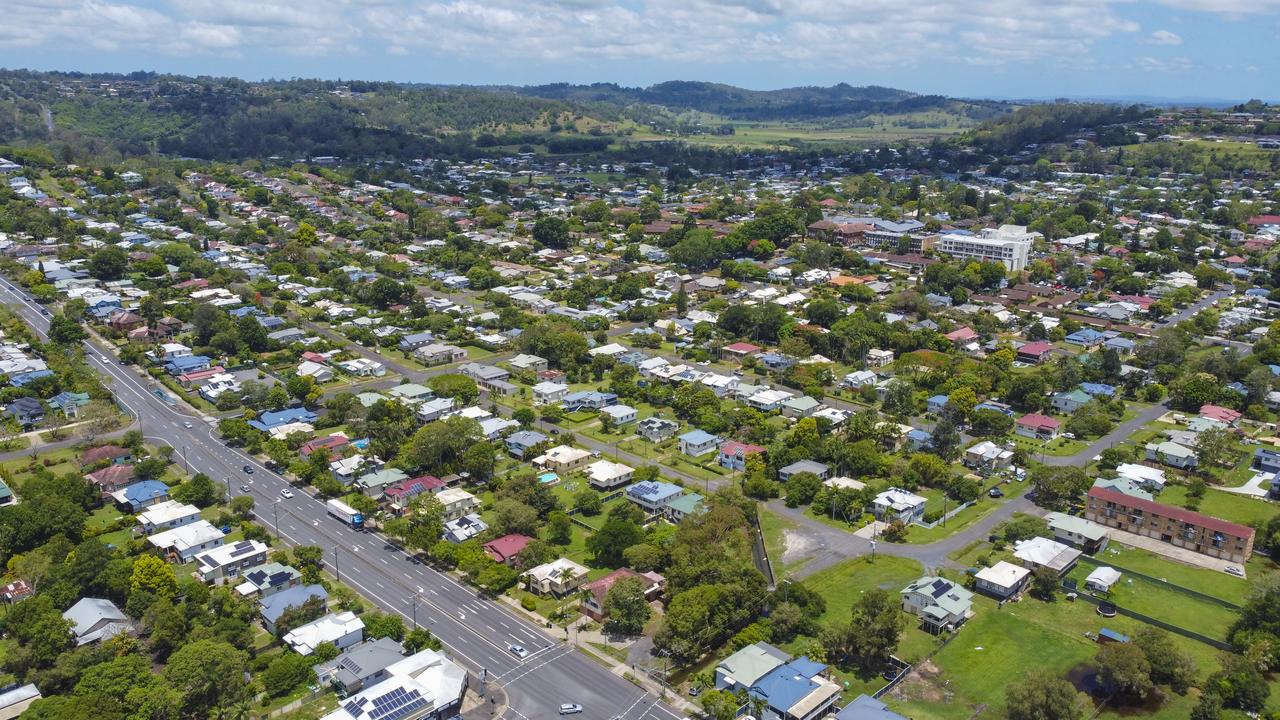Beach scraping trial holds water
RESIDENTS in the north of Byron Shire have watched with interest over recent weeks as an unseasonable swell crashed onto New Brighton beach.

Lismore
Don't miss out on the headlines from Lismore. Followed categories will be added to My News.
RESIDENTS in the north of Byron Shire have watched with interest over recent weeks as an unseasonable swell, including a large southerly followed by two big easterlies, crashed onto New Brighton beach.
They must have been wondering whether labour-intensive beach scraping work on a 1.3km stretch from North Head Road car park to the northern end of New Brighton Beach – only finished in September –would hold up against Mother Nature’s fury.
“Considering the size and period of the recent swell, it has held up really well overall,” Byron Council’s coastal and estuary officer Ben Fitzgibbon said.
“The beach scraping did what it was designed to do, which was increase the buffer to better protect against coastal erosion and inundation.”
There was only one area of the scraped dune that suffered moderate erosion. It was at the northern section of beach, where a large rip sitting off the beach for several weeks allowed waves to pound through the buffer.
“This rip cell allowed more direct wave attack and it has eroded some of the sand dune,” Mr Fitzgibbon said.
The New Brighton sand dune was most recently eroded in the 2009 storms, forming an escarpment up to five metres high.
This has been gradually restored to health through a $160,000 Federal, State Government and council-funded beach scraping process undertaken by the council’s environmental planning and works departments.
For three weeks in September, sand was scraped out of the intertidal area and pushed onto the dune with a bulldozer and excavators.
Over the last week, an Envite jobs-fund team planted native seed and cuttings on the scraped dune to help stabilise and strengthen the dune system.
The council is asking people to stay off the dune during this restoration phase.
“The beach scraping work is not considered a long-term solution to coastal erosion, particularly in the face of projected sea level rise of up to 0.9m by 2100, but it can provide a good short-term response to rebuilding dune systems after they suffer a period of deterioration,” Mr Fitzgibbon said.
The beach scraping has been criticised by New Brighton Beachfront Action Group, which was opposed to the speed of its implementation.
However, group secretary Peter Withey said he was happy with the work. “Even though it seems like an unnecessary experiment to us, they have done a very good and a sensitive job to date,” he said.
“The reason we’re happy now, actually, is that (council) hasn’t followed the recommendations from their own report.
“They haven’t gone ahead with unnecessary planting in the dunes or the six-metre dune, and we welcome that.”
The beach scraping project is a trial, the results of which may guide future beach scraping and coastal management decisions within the Byron Shire.
As part of the program, a $60,000 ecological monitoring project, run by Southern Cross University, will report on the impact of beach scraping on the animal communities living in the beach.
An independent Lismore-based consultancy also conducted 20 days of ecological inspections during the scraping works to look for birds nests and other animals, and there is an ongoing dune survey which will provide an in-depth analysis of the dune ‘profile’ and how the beach system reacts.
Mr Fitzgibbon said the scientific report and summary report on the positives and negatives of the beach scraping were expected to be considered by Byron Shire Council in early 2011.
Originally published as Beach scraping trial holds water


